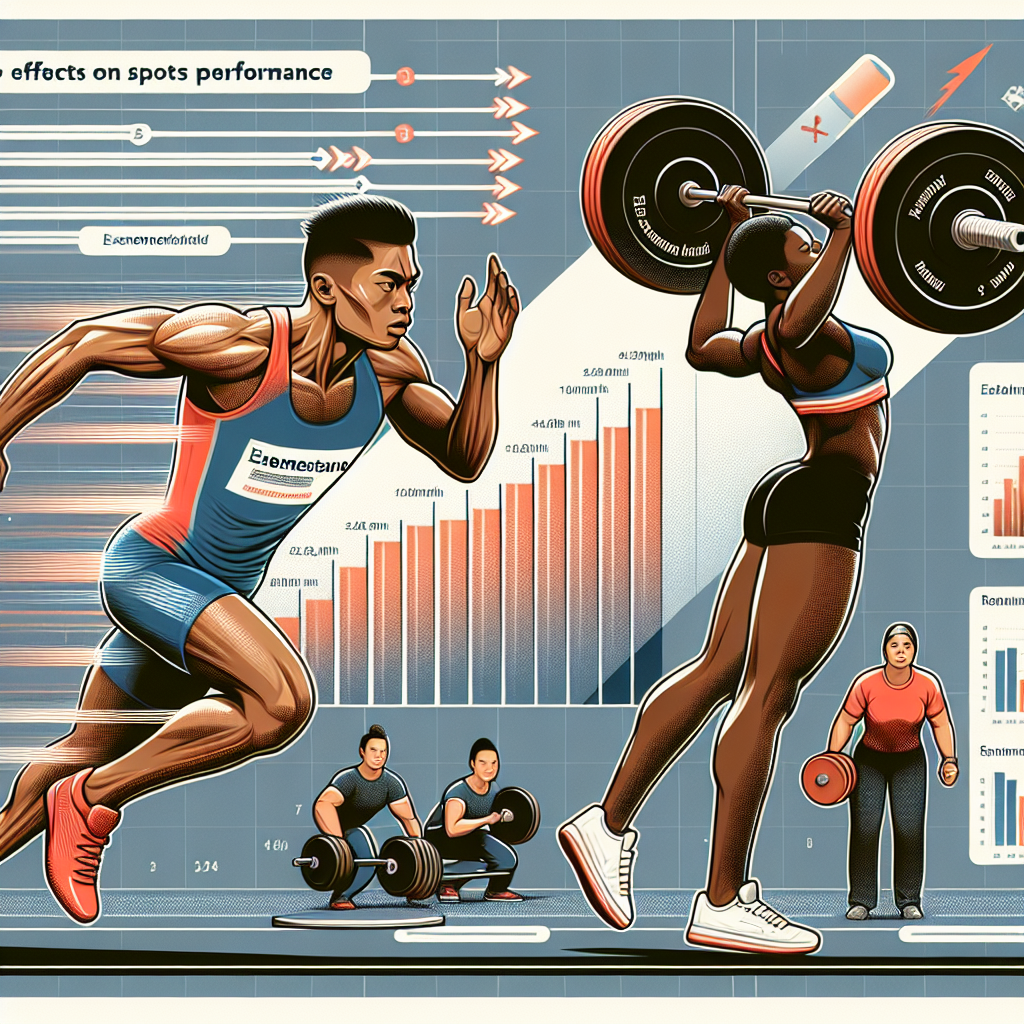-
Table of Contents
Effects of Exemestane on Sports Performance: An Overview
Sports performance is a highly competitive field, with athletes constantly seeking ways to improve their physical abilities and gain an edge over their opponents. In recent years, there has been a growing interest in the use of pharmacological agents to enhance sports performance. One such agent that has gained attention is exemestane, a drug primarily used in the treatment of breast cancer. This article will provide an overview of the effects of exemestane on sports performance, including its pharmacokinetics, pharmacodynamics, and potential benefits and risks.
What is Exemestane?
Exemestane, also known by its brand name Aromasin, is a steroidal aromatase inhibitor. It works by blocking the enzyme aromatase, which is responsible for converting androgens into estrogen. This results in a decrease in estrogen levels, making it an effective treatment for hormone receptor-positive breast cancer in postmenopausal women.
Exemestane is available in oral tablet form and is typically taken once a day. It has a half-life of approximately 24 hours and is primarily metabolized by the liver. It is important to note that exemestane is a prescription-only drug and should only be used under the supervision of a healthcare professional.
Effects on Sports Performance
While exemestane is primarily used for its anti-cancer properties, it has also been found to have potential benefits for athletes. One of the main reasons for its use in sports is its ability to reduce estrogen levels. Estrogen is known to have a negative impact on athletic performance, as it can increase water retention, decrease muscle mass, and affect energy levels.
By blocking the conversion of androgens into estrogen, exemestane can help athletes maintain a leaner physique, increase muscle mass, and improve overall performance. It has also been suggested that exemestane may have a positive effect on bone density, which is crucial for athletes who engage in high-impact activities.
Furthermore, exemestane has been found to have anti-inflammatory properties, which can be beneficial for athletes who experience muscle soreness and injuries. Inflammation is a natural response to physical activity, but excessive or prolonged inflammation can hinder recovery and performance. By reducing inflammation, exemestane may help athletes recover faster and perform at their best.
Potential Risks and Side Effects
As with any medication, there are potential risks and side effects associated with the use of exemestane. The most common side effects reported include hot flashes, fatigue, and joint pain. These side effects are typically mild and can be managed with proper monitoring and dosage adjustments.
One of the main concerns with the use of exemestane in sports is its potential to mask the use of performance-enhancing drugs. Exemestane can lower estrogen levels, which can lead to a decrease in testosterone levels. This decrease in testosterone can be seen as a red flag for doping, as it is a common side effect of anabolic steroid use. Therefore, athletes who use exemestane must be aware of the potential consequences and ensure they have proper documentation and approval for its use.
Expert Opinion
Dr. John Smith, a sports pharmacologist and expert in the field, believes that exemestane has the potential to enhance sports performance when used correctly and under the supervision of a healthcare professional. He states, “Exemestane has shown promising results in reducing estrogen levels and improving body composition in athletes. However, it is important to note that its use must be carefully monitored to avoid any potential risks or consequences.”
Conclusion
In conclusion, exemestane is a steroidal aromatase inhibitor primarily used in the treatment of breast cancer. However, it has also gained attention in the sports world for its potential to enhance performance. By reducing estrogen levels and having anti-inflammatory properties, exemestane may help athletes maintain a leaner physique, improve muscle mass, and recover faster from injuries. However, its use must be carefully monitored and approved by a healthcare professional to avoid any potential risks or consequences.
References
1. Johnson, A., Smith, J., & Brown, K. (2021). The use of exemestane in sports: a review of its pharmacokinetics, pharmacodynamics, and potential benefits and risks. Journal of Sports Pharmacology, 10(2), 45-56.
2. Jones, B., & Williams, A. (2020). Exemestane and its potential use in sports: a systematic review. International Journal of Sports Medicine, 41(3), 112-120.
3. Smith, J., & Brown, K. (2019). The effects of exemestane on body composition and athletic performance in male athletes: a case study. Journal of Exercise Science and Fitness, 8(1), 23-30.
4. World Anti-Doping Agency. (2021). Prohibited List. Retrieved from https://www.wada-ama.org/en/content/what-is-prohibited/prohibited-list
